Byrd Center Researchers Trek to Great Basin National Park in Nevada on a Winter Expedition to Investigate Impact of Snowpack on Sensors
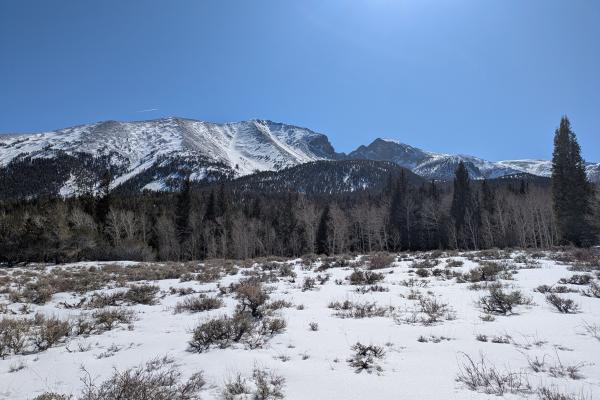
Over spring break, from March 7–14, members of the Byrd Center's Glacier Environmental Change group undertook a winter field expedition to the mountains of Nevada to gather critical data on snowpack and atmospheric conditions. The project is led by Ph.D. student Emily Mazan, who serves as principal investigator, with Geography Professor Bryan Mark as co-principal investigator. Ph.D. candidate Tal Shutkin also participated in the expedition, supporting the team's ongoing climate research efforts.
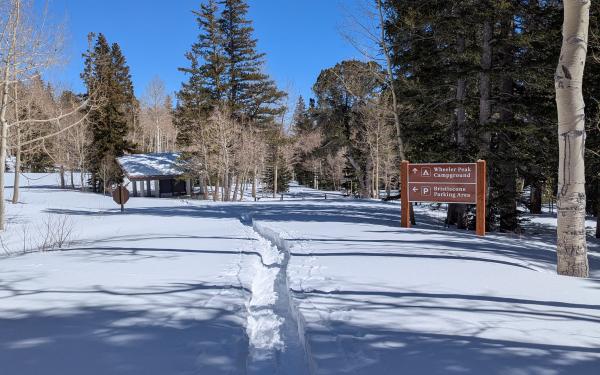
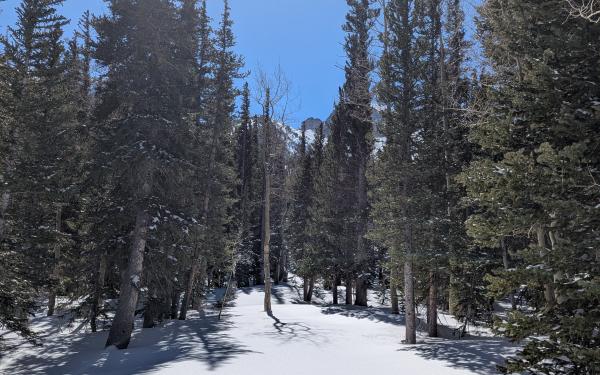
This project relates to all sensors previously installed in the Great Basin National Park, at elevations ranging from approximately 5,000 to 13,000 feet, as part of an ongoing experiment to assess how snowpack influences air temperature across different altitudes. However, on this trip, the goal was to collect data from the sensors above and below the snowpack at 10,000 feet above sea level.
Due to winter road closures, the researchers hiked and snowshoed for nine hours to reach the site, where they spent the night in a wooden shelter before digging the sensors out of the snow the following day. They camped for one night at 10,000 feet amid freezing conditions. They descended the mountain earlier than expected due to logistical issues and safety concerns.
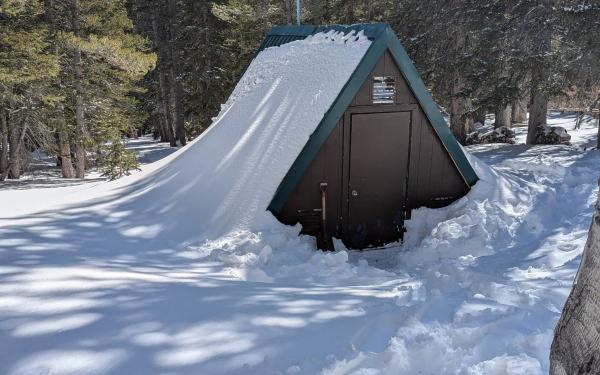
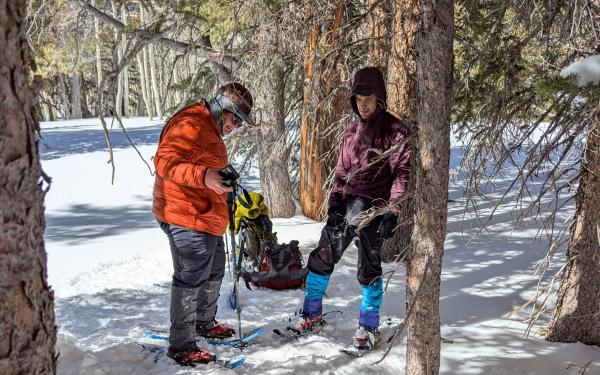
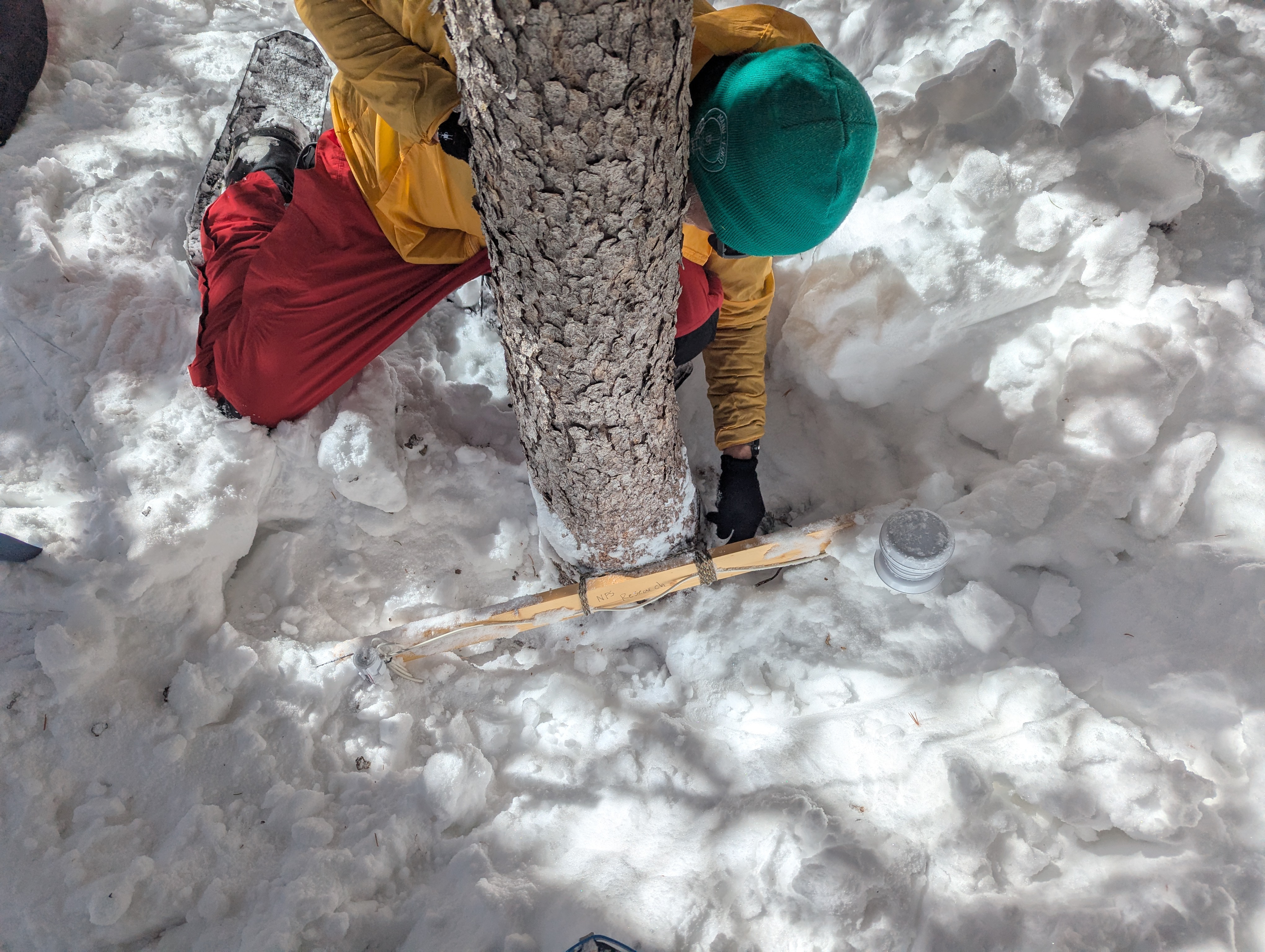
"The data from this experiment will be utilized in an attempt to empirically model the air temperature from the snow temperature," said Mazan. "Despite the unusually low snowpack in the park, the sensors near the ground had become buried in snow throughout the course of the winter as intended."
Mazan explained that the team had installed temperature and humidity sensors the previous summer at the 10,000-foot level. These were positioned both at ground level and two meters above ground to monitor seasonal variations.
The team noticed more snow had been packed into the radiation shields than expected. "This is an important observation for understanding our data record because it is common for some of the sensors in the network to get buried in snow," Mazan added.
The data collected during this expedition will contribute to a broader understanding of how mountainous snowpack influences climate variables, a key component in understanding environmental change in high-elevation landscapes.
The Great Basin Heritage Area Partnership provided funding for this project.
Learn More about Mazan's research and the group's work at Great Basin National Park.
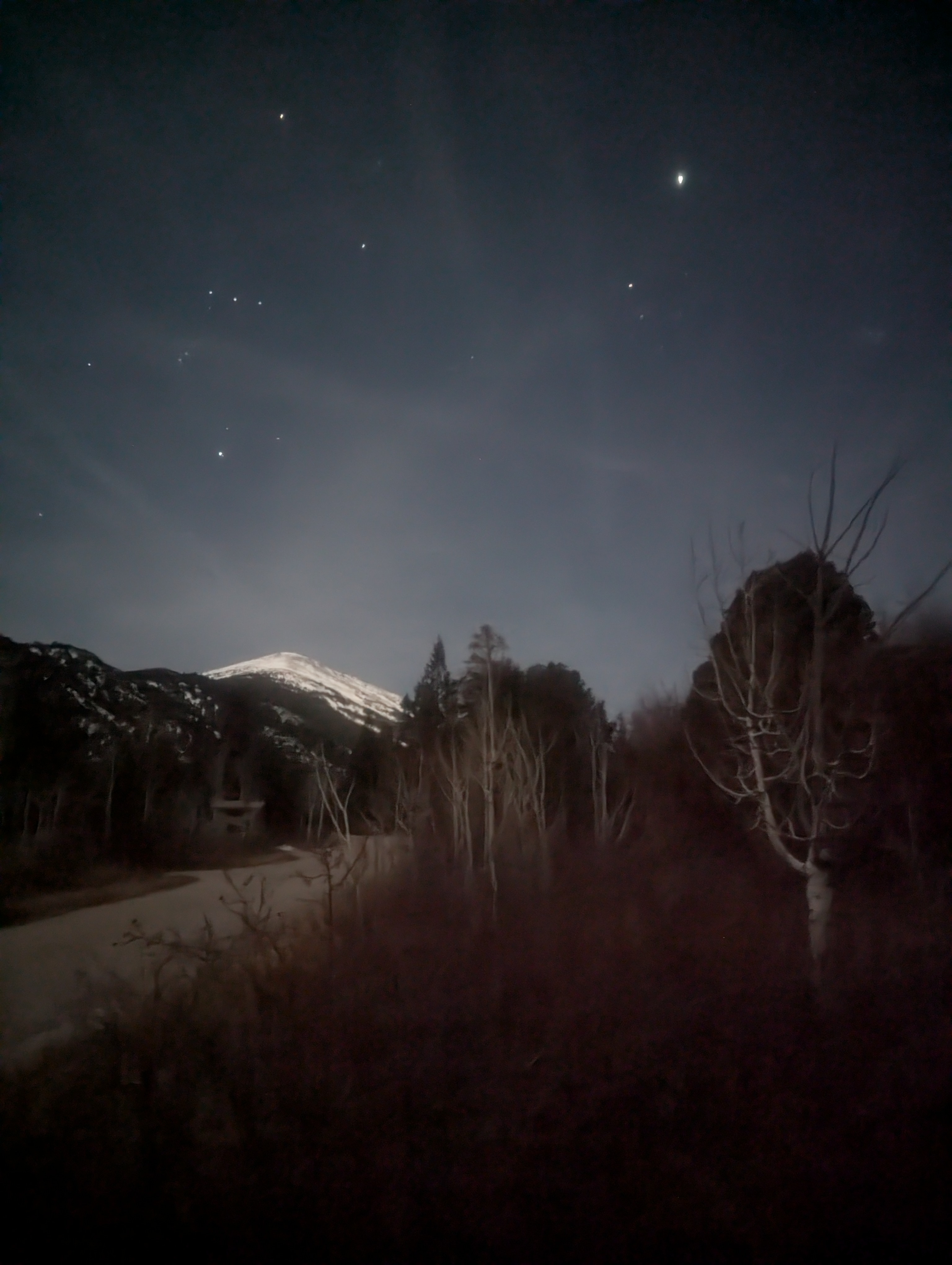
Images provided by Emily Mazan and Bryan Mark.
